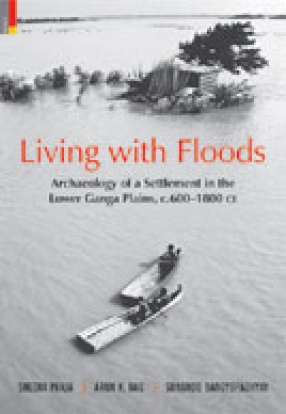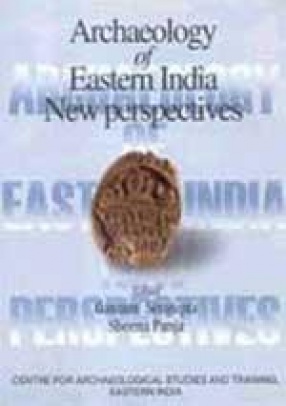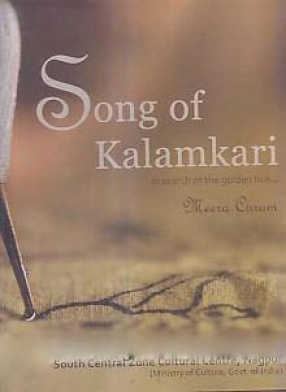This book seeks to understand archaeological sites and their relationship with a dynamic alluvial environment in north Bengal, India, between c.600-1800 CE with a special focus on the excavations at the site of Balupur. Moving away from the prevalent emphasis on the study of art and architecture, this work aims to bring back the ‘human’ to the study of these cultural periods through a study of the formation and changing character of past habitation settlements. Multidisciplinary work involving archaeology, geography, zoology, botany, sedimentology and paleoanthropology sought to understand the interaction between changes in the landscape and various aspects of cultural adaptation in a zone where humans are constantly living with floods and shifting river courses. Efforts have also been made to understand the methodology of studying archaeological sites in a turbulent terrain of the Ganga, an aspect not well understood in the Indian context. An important contribution of this volume is also a diachronic study of the fluvial environment of this region using rare maps, satellite images and field studies. Profusely illustrated with numerous maps, drawings and photos this book is useful for students and researchers of archaeology, history and earth sciences.
Living with Floods: Archaeology of a Settlement in the Lower Ganga Plains, c.600-1800 CE
In stock
Free & Quick Delivery Worldwide
reviews
Bibliographic information
Title
Living with Floods: Archaeology of a Settlement in the Lower Ganga Plains, c.600-1800 CE
Author
Edition
1st. ed.
Publisher
Primus Books, 2015
ISBN
9789384082598
Length
xvi+292p.,
Subjects






There are no reviews yet.